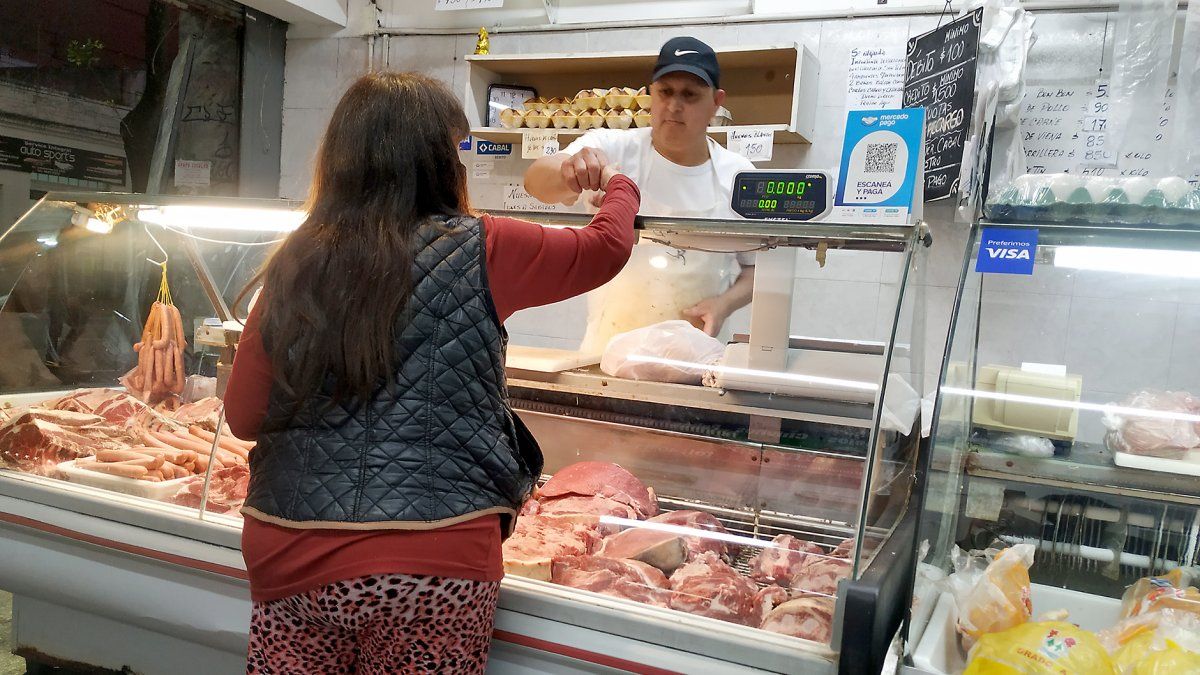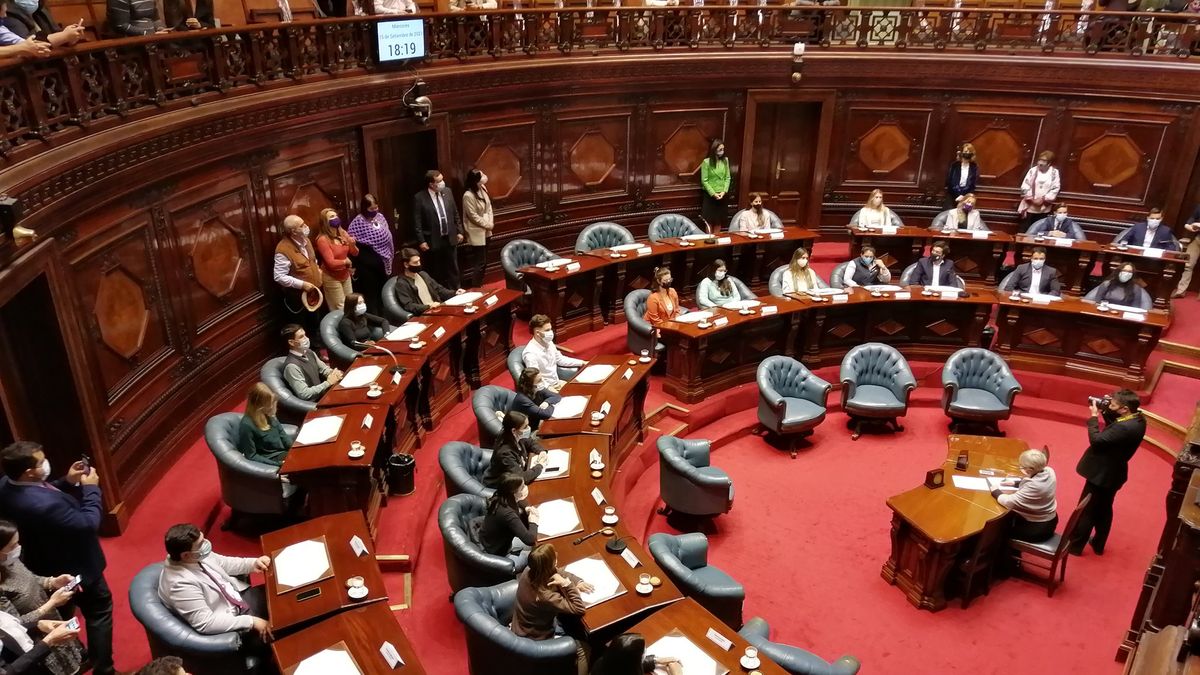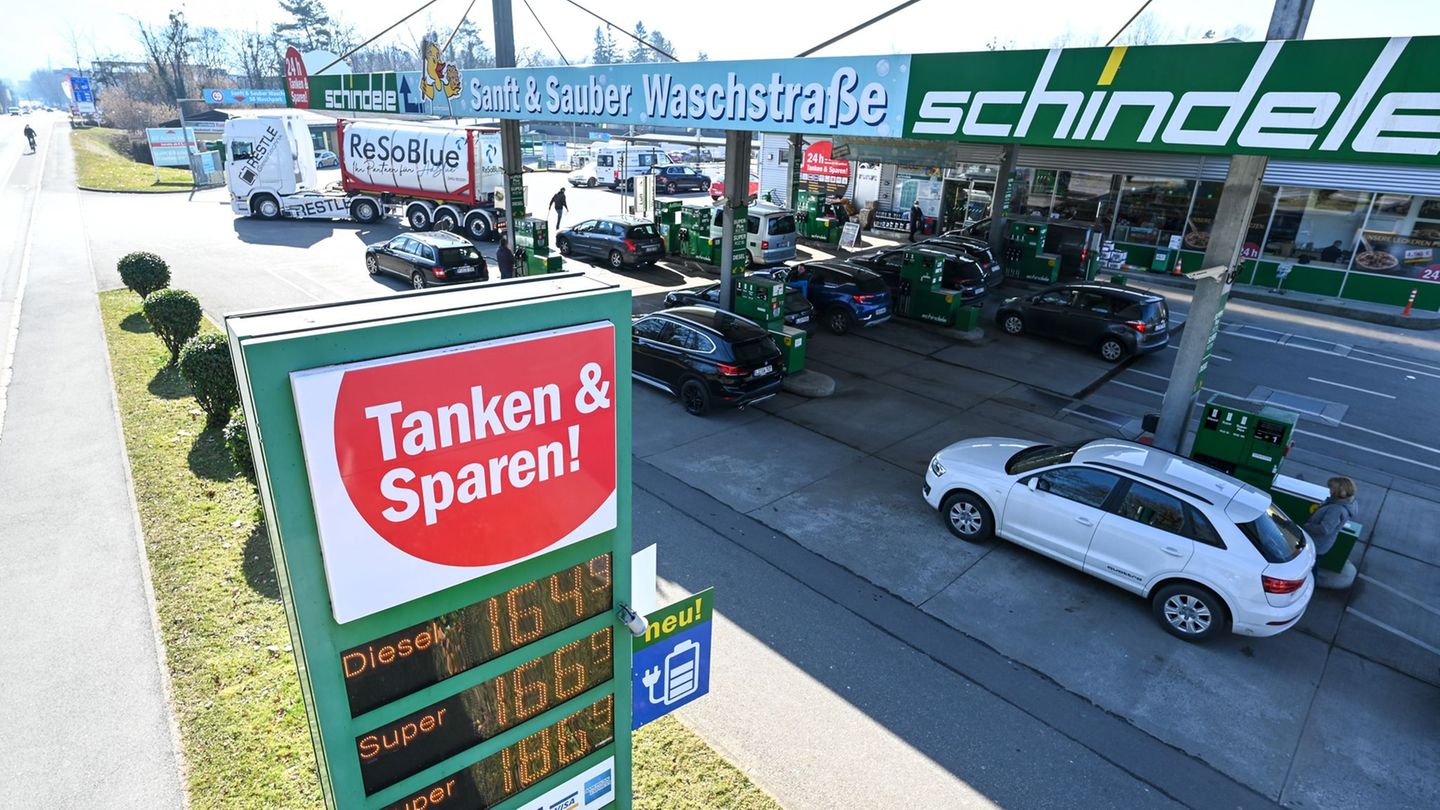According to the report prepared by the Meat Industry and Commerce Chamber (CICCRA), at the beginning of the year “the average price of the farm on foot negotiated in the market of Cañuelas continued to recover and at a faster rate than in the two previous months: 12.3% per month.” “With the rise in January, the average price in pesos has already recovered all the loss registered between August and October of last year,” the entity highlighted.
Although they clarified: “But, beyond the recovery of the last three months, the value of the farm on foot registered an increase of barely 45% in the last twelve months. In other words, it managed to interrupt the deceleration process (it had reached 31.6% per year in December 2022), but the year-on-year growth rate of the nominal price of a live kilo continues to be well below the rate of increase exhibited by the other nominal variables. of the economy”. Retail inflation for the same period would exceed, according to private estimates, 95%.
In this sense, as explained by the president of the Chamber of Suppliers and Slaughterers (CAMyA), Leonardo Rafael, meat “was very cheap during 2022, with a delay of between 60% and 70%.” Therefore, he anticipated him, still “There is still an increase of 15 or 20% left.”
“The farm market is supply and demand. There was more supply than the demand needed, in addition to the weather issue that the drought brought forward the work. Therefore, it was a product that was cheap in relation to any product in the basket “, detailed Rafael, who added that there could be new increases in the counter: “We do not know if it will be in February or March when the flow of people is in the streets.”
Impact on inflation
Meat price increases paid by consumers hovered between 20% and 30% in the last weeks. These are increases that will inevitably have an impact on the inflation (especially in the February measurement).
For example, according to the food price index carried out by the LCG consultancy, in the last week of January meats increased by 5.3% Compared to the previous week: it was, they highlighted from the signing, the highest rise since September.
Meanwhile, according to the survey of retail prices of the consultancy Eco Go, in the first week of February there was a variation of 2.8% in the price of food compared to the previous week. “This is the highest weekly variation since last March,” they highlighted from the firm.
“For February, this may end up having an impact on general inflation: in fact, something may have an impact in January, when there was a partial increase in meat cuts. But we are definitely going towards a scenario with rising meat prices, recovering part of the ground lost last year”, analyzed Damián Di Pace, director of the Focus Market consultancy.
For their part, from Ecolatina they highlighted that “the beginning of the year would have started with an acceleration in prices.” “At a consolidated nominal value at high levels, the possible impact of the drought on food prices will be added, the strong corrections in livestock prices seen in recent weekswhich would be transferred to the price of beef to the final consumer, the inertia of the wage dynamics and the restrictions on imports”, they pointed out from the consultancy.
In this context, the Government is expected to announce a 10% discount program for meat purchases with a debit card with a cap of $1,000 per purchase. In parallel, it will look for ways to sustain the supply of live cattle in the local market, with credit tools for livestock producers.
Source: Ambito




